Delhi witnessed a sizeable jump in temperature-related electricity demand in the last 12 months (up to 22 June 2024), with peak demand increasing by 711 MW on the hottest and most humid days, by 506 MW on cold and dry days, but only by 188 MW on days when the temperature and humidity were moderate, according to a new briefing note by the Institute for Energy Economics and Financial Analysis (IEEFA).
This analysis used wet-bulb temperature (WBT) – a measure of both heat and humidity – as a yardstick. On hot and humid days, when the WBT was 32.5°C , the year-on-year peak demand increase was 3.8 times greater than it was on moderate days (17.5°C WBT), and on cold, dry days (when WBT was 7.5°C), it was 2.7 times higher.
The note also highlights a marked increase in the number of very hot and humid days (using 30°C WBT as a threshold). In this analysis, there were 24 such hot and humid days in 2022-23, which jumped to 40 days in the 12-month period just completed. WBTs above 35°C have been considered impossible to survive in for more than a few hours.
“Temperature levels which directly threaten human health have been surpassed far more often in this year’s heatwave. Cooling on such days is no luxury, it is life-saving, and reliably meeting electricity demand is of utmost importance,” says the note’s author, Charles Worringham – Guest Contributor, IEEFA.
Given that heatwaves may soon become the norm, the burden of power generation cannot be borne solely by thermal plants, which are operating closer to full capacity than in recent years. The note suggests that India should ramp up utility-scale solar rather than boost thermal capacity.
Worringham emphasises that moderating the rate of growth in power demand is also an urgent goal. This includes prioritising challenging yet vital programmes at the central and state levels to improve energy efficiency for buildings, as well as encouraging demand-side management initiatives through flexible tariffs and other incentives to curb the growth in peak demand.
This content is protected by copyright and may not be reused. If you want to cooperate with us and would like to reuse some of our content, please contact: editors@pv-magazine.com.
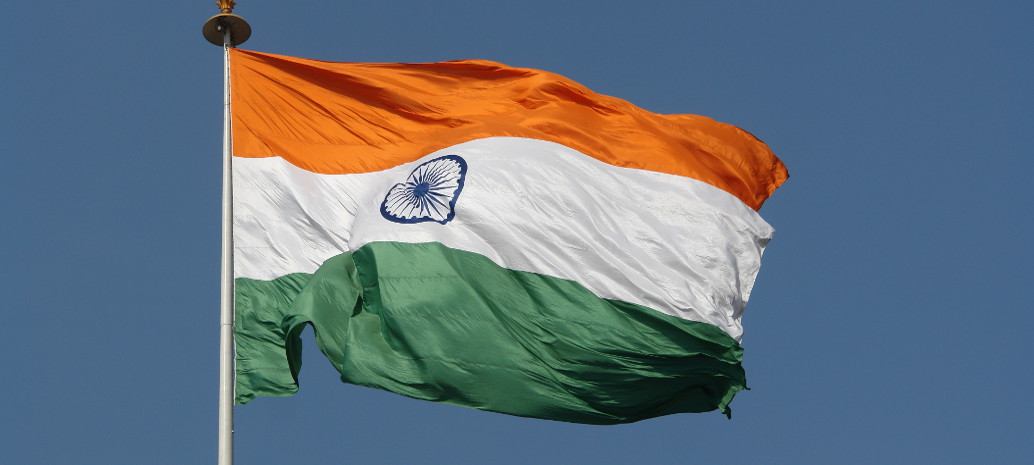
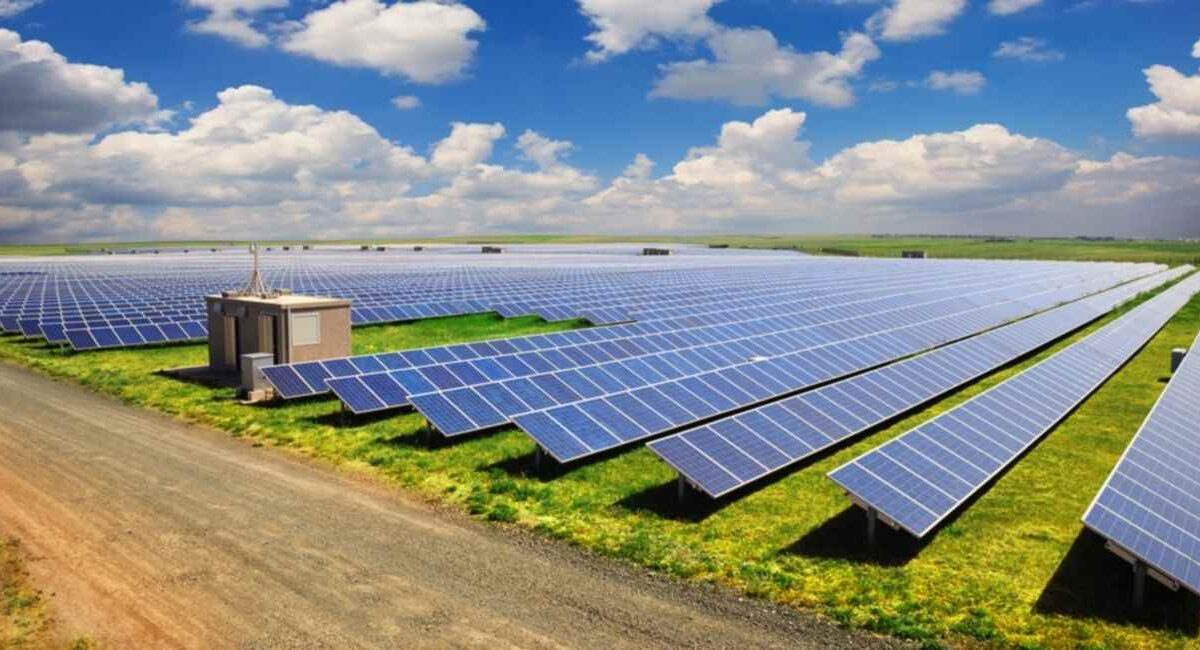


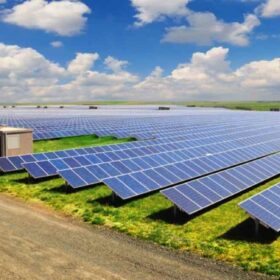

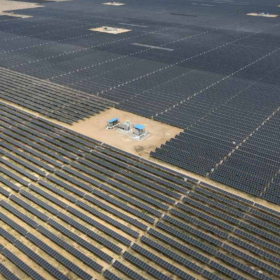
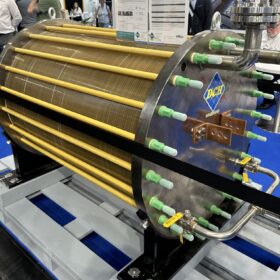
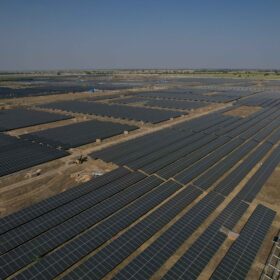
By submitting this form you agree to pv magazine using your data for the purposes of publishing your comment.
Your personal data will only be disclosed or otherwise transmitted to third parties for the purposes of spam filtering or if this is necessary for technical maintenance of the website. Any other transfer to third parties will not take place unless this is justified on the basis of applicable data protection regulations or if pv magazine is legally obliged to do so.
You may revoke this consent at any time with effect for the future, in which case your personal data will be deleted immediately. Otherwise, your data will be deleted if pv magazine has processed your request or the purpose of data storage is fulfilled.
Further information on data privacy can be found in our Data Protection Policy.